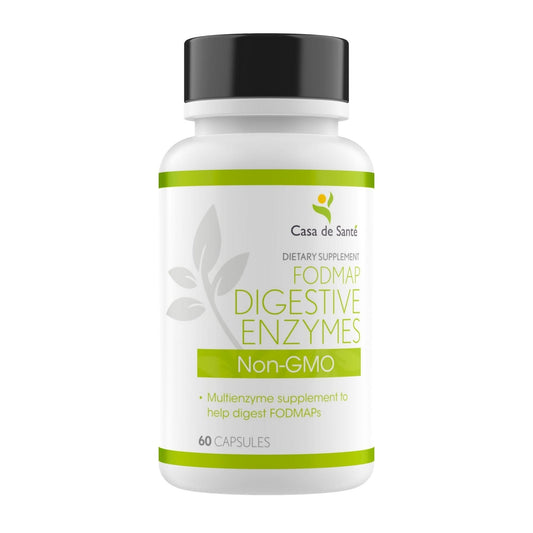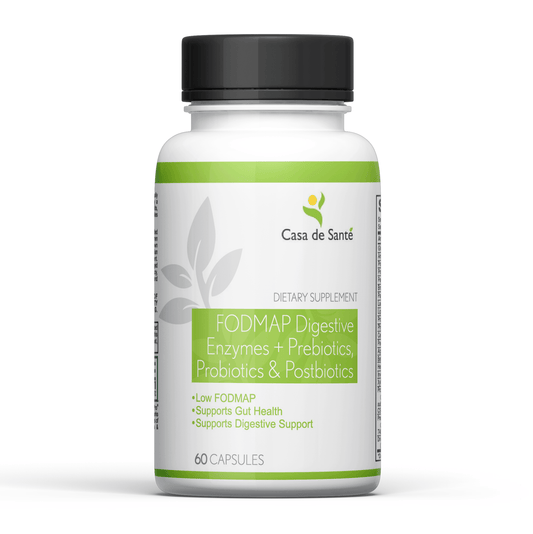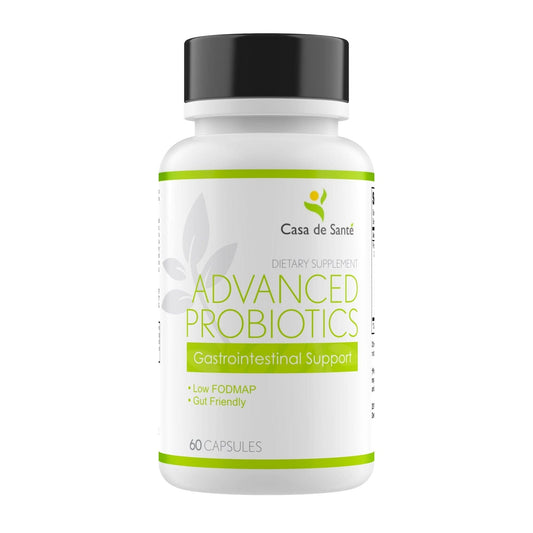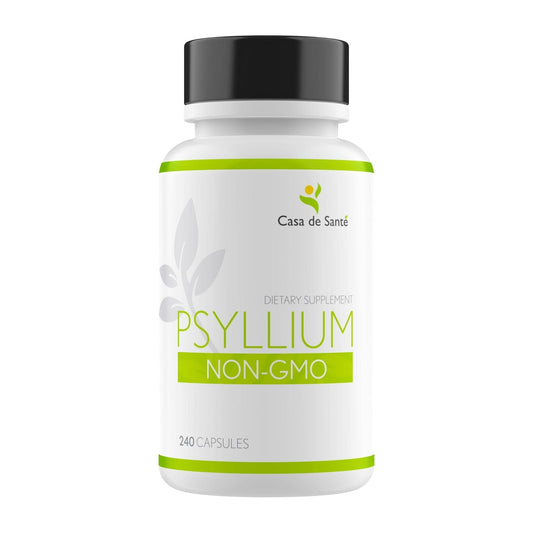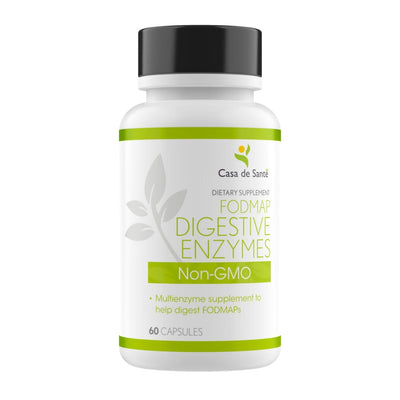How Enzymes Break Down Food: Understanding Digestive Catalysts
How Enzymes Break Down Food: Understanding Digestive Catalysts
The human digestive system is a remarkable biological factory, processing everything we eat into nutrients our bodies can use. At the heart of this complex system are enzymes - specialized proteins that act as biological catalysts to break down food molecules into smaller, absorbable components. Without these microscopic workhorses, digestion would be painfully slow, and our bodies would struggle to extract the energy and nutrients needed for survival.
From the moment food enters your mouth until the final absorption in your intestines, different enzymes work tirelessly to transform your meals into fuel. These molecular machines are incredibly efficient, speeding up chemical reactions without being consumed in the process. But how exactly do they work? What happens when enzyme function goes awry? And can we optimize our enzyme activity for better digestive health?
The Fundamentals of Digestive Enzymes
digestive enzymes are specialized proteins that break chemical bonds in food molecules through hydrolysis reactions - essentially using water to split complex molecules into simpler ones. Each enzyme has a unique three-dimensional structure with an active site that fits specific molecules (substrates) like a lock and key. This specificity means different enzymes target different nutrients: amylases break down carbohydrates, proteases handle proteins, and lipases tackle fats.
What makes enzymes remarkable is their efficiency. A single enzyme molecule can process thousands of substrate molecules per second, dramatically accelerating reactions that would otherwise take years to complete at body temperature. This catalytic power is essential for timely nutrient absorption and energy production.
Types of Digestive Enzymes
Our digestive system produces several major categories of enzymes, each specialized for different nutrients. Amylases begin carbohydrate digestion in the mouth and continue in the small intestine, breaking complex starches into simple sugars. Proteases like pepsin (in the stomach) and trypsin (in the small intestine) dismantle proteins into amino acids. Lipases, primarily produced by the pancreas, break down fats into fatty acids and glycerol. Additional enzymes handle nucleic acids, lactose, and other specific compounds.
Beyond these main categories, specialized enzymes target particular bonds or molecules. Lactase breaks down lactose (milk sugar), sucrase handles sucrose (table sugar), and maltase processes maltose from grain products. This specialization ensures efficient digestion of diverse food components.
The Role of pH in Enzyme Function
Enzymes are highly sensitive to their environment, particularly pH levels. Each enzyme functions optimally within a specific pH range, which explains why different digestive enzymes dominate in different parts of the digestive tract. Salivary amylase works best in the slightly alkaline environment of the mouth (pH 6.7-7.0), while pepsin requires the highly acidic stomach (pH 1.5-3.5). Pancreatic enzymes function optimally in the alkaline small intestine (pH 7.0-8.5).
This pH sensitivity is why antacids and acid-reducing medications can sometimes affect digestion - by altering stomach acidity, they may reduce pepsin activity. Similarly, conditions that affect the pH balance in different digestive organs can impair enzyme function and lead to digestive difficulties.
The Digestive Journey: Enzymes at Work
Digestion is a sequential process, with different enzymes activated at each stage of the journey from mouth to colon. This organized approach ensures food is broken down systematically as it travels through the digestive tract.
Mouth: The First Enzymatic Encounter
Digestion begins the moment food enters your mouth. Salivary glands release amylase, which immediately starts breaking down starches in carbohydrates. This is why bread or crackers might begin to taste slightly sweet if you chew them long enough - the amylase is converting complex carbohydrates into simpler sugars. While only about 5% of starch digestion occurs in the mouth, this initial process is crucial for preparing food for the next stages.
The mechanical action of chewing works synergistically with salivary enzymes, increasing the surface area of food particles and allowing enzymes better access to their substrates. This physical breakdown highlights how the mechanical and chemical aspects of digestion work together.
Stomach: Protein Digestion Begins
When food reaches the stomach, it encounters a dramatically different enzymatic environment. Chief cells in the stomach lining produce pepsinogen, which is converted to the active enzyme pepsin when exposed to hydrochloric acid. Pepsin specifically targets proteins, breaking them into shorter chains called peptides.
The highly acidic environment (pH 1.5-3.5) serves multiple purposes: it activates pepsin, denatures proteins making them more accessible to enzymatic action, and kills many potential pathogens. Interestingly, the stomach also produces a protective mucus layer to prevent its own proteins from being digested by pepsin - a remarkable example of biological engineering.
Small Intestine: The Digestive Powerhouse
The small intestine is where most enzymatic digestion occurs, with contributions from both pancreatic enzymes and enzymes embedded in the intestinal lining itself. When partially digested food (now called chyme) enters the small intestine, the pancreas releases a potent mixture of enzymes: pancreatic amylase continues carbohydrate breakdown, trypsin and chymotrypsin further process proteins, and pancreatic lipase tackles fats with the help of bile from the liver.
The intestinal brush border (the cell membrane of intestinal cells) contains additional enzymes that complete the digestive process: disaccharidases break down double sugars like sucrose and lactose, while peptidases process the smallest protein fragments. This multi-layered enzymatic approach ensures thorough digestion before absorption begins.
When Enzymes Don't Work Properly
Enzyme deficiencies or dysfunctions can lead to various digestive disorders. These conditions highlight the critical importance of proper enzymatic function for digestive health and overall wellbeing.
Lactose Intolerance
Perhaps the most well-known enzyme deficiency is lactose intolerance, affecting approximately 65% of the global population. This condition results from insufficient production of lactase, the enzyme that breaks down milk sugar. Without adequate lactase, lactose passes undigested into the large intestine, where gut bacteria ferment it, producing gas, bloating, and diarrhea.
Lactose intolerance is particularly common in adults of Asian, African, and South American descent, as lactase production naturally decreases after childhood in most humans. This evolutionary pattern makes sense considering that historically, only certain populations continued consuming milk into adulthood after domesticating dairy animals.
Pancreatic Insufficiency
More serious enzyme deficiencies occur in conditions like chronic pancreatitis, cystic fibrosis, or pancreatic cancer, where the pancreas cannot produce sufficient digestive enzymes. This pancreatic insufficiency leads to malabsorption of nutrients, particularly fats, resulting in steatorrhea (fatty, foul-smelling stools), weight loss, and nutritional deficiencies.
Treatment typically involves pancreatic enzyme replacement therapy (PERT), where patients take capsules containing concentrated animal-derived digestive enzymes with meals. These supplements help break down food properly and improve nutrient absorption, though they don't address the underlying pancreatic damage.
Optimizing Enzyme Function for Better Digestion
While we can't control all aspects of our digestive enzyme function, several strategies can help optimize the enzymatic processes and support better digestion.
Dietary Approaches
Certain foods naturally contain enzymes that can aid digestion. Fresh pineapple contains bromelain, a protein-digesting enzyme that can help break down meat proteins. Papaya contains papain, another proteolytic enzyme often used as a meat tenderizer. Fermented foods like sauerkraut, kimchi, and kefir provide beneficial bacteria that can produce enzymes to aid digestion.
Eating mindfully also supports enzymatic digestion. Thorough chewing increases salivary enzyme exposure and creates more surface area for stomach and intestinal enzymes to work with. Eating in a relaxed state activates the parasympathetic nervous system, which enhances digestive secretions including enzymes.
Enzyme Supplements
Over-the-counter digestive enzyme supplements are widely available and may help some people with mild digestive complaints. These supplements typically contain a mixture of amylases, proteases, and lipases, sometimes with additional specialized enzymes like lactase or alpha-galactosidase (which helps break down complex sugars in beans and certain vegetables).
While research on the benefits of enzyme supplements for healthy individuals is limited, they may provide relief for specific issues like occasional bloating or gas. However, persistent digestive problems should always be evaluated by a healthcare provider, as they could indicate underlying conditions requiring medical treatment.
The Future of Enzyme Research
Scientific understanding of digestive enzymes continues to evolve, with promising implications for treating digestive disorders and improving nutritional health.
Personalized Enzyme Therapy
Researchers are developing more sophisticated enzyme replacements, including recombinant human enzymes produced through biotechnology rather than animal-derived enzymes. These may offer advantages in specificity and reduced risk of allergic reactions. Future treatments might be personalized based on an individual's specific enzyme deficiencies, determined through advanced testing methods.
Scientists are also exploring novel delivery systems to protect enzymes from stomach acid and target their release precisely where needed in the digestive tract. These innovations could improve the effectiveness of enzyme supplements and medications.
Enzymes and the Microbiome
One of the most exciting areas of research involves the relationship between digestive enzymes and the gut microbiome. We now know that gut bacteria produce their own enzymes that contribute to digestion, particularly of fiber and other complex carbohydrates that human enzymes can't break down. These bacterial enzymes produce short-chain fatty acids and other beneficial compounds that support gut and overall health.
Understanding this complex interplay between our enzymes and microbial enzymes may lead to new approaches for optimizing digestion and treating digestive disorders. Probiotic therapies might be designed to provide specific enzymatic activities missing in certain individuals.
The remarkable world of digestive enzymes demonstrates the elegant complexity of human biology. These microscopic catalysts, working silently throughout our digestive tract, transform the foods we eat into the nutrients that sustain us. By understanding and supporting these essential processes, we can improve our digestive health and overall wellbeing.



